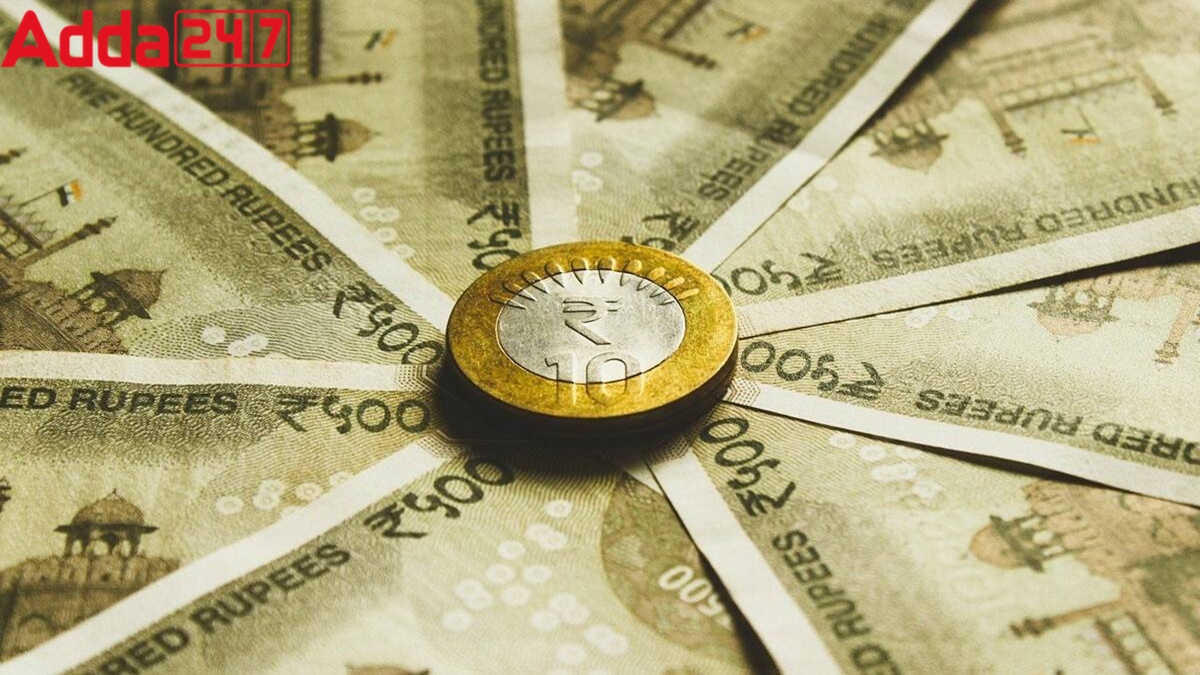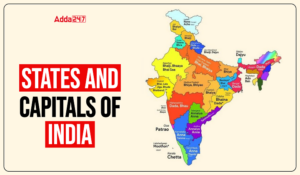India has built up buffers against cyclical difficulties and has ample foreign exchange reserves to withstand pressure on credit worthiness, S&P Global Ratings said. Speaking at the India Credit Spotlight 2022 webinar, S&P Sovereign & International Public Finance Ratings Director Andrew Wood said the country has a strong external balance sheet and limited external debt, making debt servicing not so expensive. He said the rating agency does not expect the near-term pressures to have a serious impact on India’s credit worthiness.
Bank Maha Pack includes Live Batches, Test Series, Video Lectures & eBooks
The Rupee Performance:
The rupee has depreciated about 7 per cent against the US currency this year but has performed better than its emerging market peers. Wood said India has “ample buffer” in its foreign exchange reserves and the forex kitty is expected to recover to USD 600 billion by the end of this year. Forex reserve stood at USD 570.74 billion as of August 12. The US-based agency has a ‘BBB-‘ rating on India with a stable outlook. “We are expecting a strong level of GDP growth of 7.3 per cent this fiscal,” he said, adding the rupee exchange rate movement against the US dollar has been moderate.
The Up-trend:
S&P Global Ratings Economist Asia Pacific Vishrut Rana said economic activity and consumer confidence have been improving. After a 7.3 per cent GDP growth this fiscal, the economic growth is expected to moderate to 6.5-6.7 per cent over the next fiscal year. Indian economy expanded 8.7 per cent in the last fiscal (2021-22).
Inflation: The Key Indicator
- “Inflation is going to be a key concern for the economy for this year. We expect a 6.8 per cent inflation rate this year with risk to upside,” Rana noted. He said although food inflation is easing, core or manufactured product inflation still remains sticky. A good monsoon will have a favourable impact on food inflation but elevated energy prices will put pressure on overall inflation, he added. S&P said it expects the Reserve Bank of India to raise interest rates further to 5.65 per cent to tame inflation.
- Retail inflation remained above the RBI’s comfort level for the seventh month in a row and was 6.71 per cent in July. Wholesale price-based inflation remained in double-digits for the 16th month in July at 13.93 per cent. S&P said it expects the Reserve Bank of India to raise interest rates further to 5.65 per cent to tame inflation. Retail inflation remained above the RBI’s comfort level for the seventh month in a row and was 6.71 per cent in July. Wholesale price-based inflation remained in double-digits for the 16th month in July at 13.93 per cent.
The Importance Of Credit Rating:
A credit rating is a way of assessing the creditworthiness of entities such as individuals, groups, businesses, non-profit organizations, governments, and even countries. Special credit rating agencies analyze their financial risk to see whether or not these borrowers will be able to pay back loans on time. The credit rating agencies compile this rating using a detailed report that takes into consideration various factors such as lending and borrowing history, ability to repay the debt, past debts, future economic potential, and more. A good credit rating improves credibility and indicates a good history of paying back loans on time in the past. It helps banks and investors decide about approving loan applications and the rate of interest offered.
Types Of Credit Rating:
The various credit agency agencies use similar alphabetical symbols to determine credit ratings. However, these ratings are also grouped into two types of grades – ‘investment grade’ and ‘speculative grade’.
- Investment grade: These ratings refer to the fact that the investment made is solid, and the borrower will most likely meet the repayment terms. Thus, they are often priced less.
- Speculative grade: These ratings show that the investments are at a higher risk, and they often have higher interest rates.
Find More News on Economy Here







 States and Capitals - How Many States in...
States and Capitals - How Many States in...
 World Photography Day 2025: Celebrating ...
World Photography Day 2025: Celebrating ...
 Urban Extension Road-II: Delhi’s New Lif...
Urban Extension Road-II: Delhi’s New Lif...

